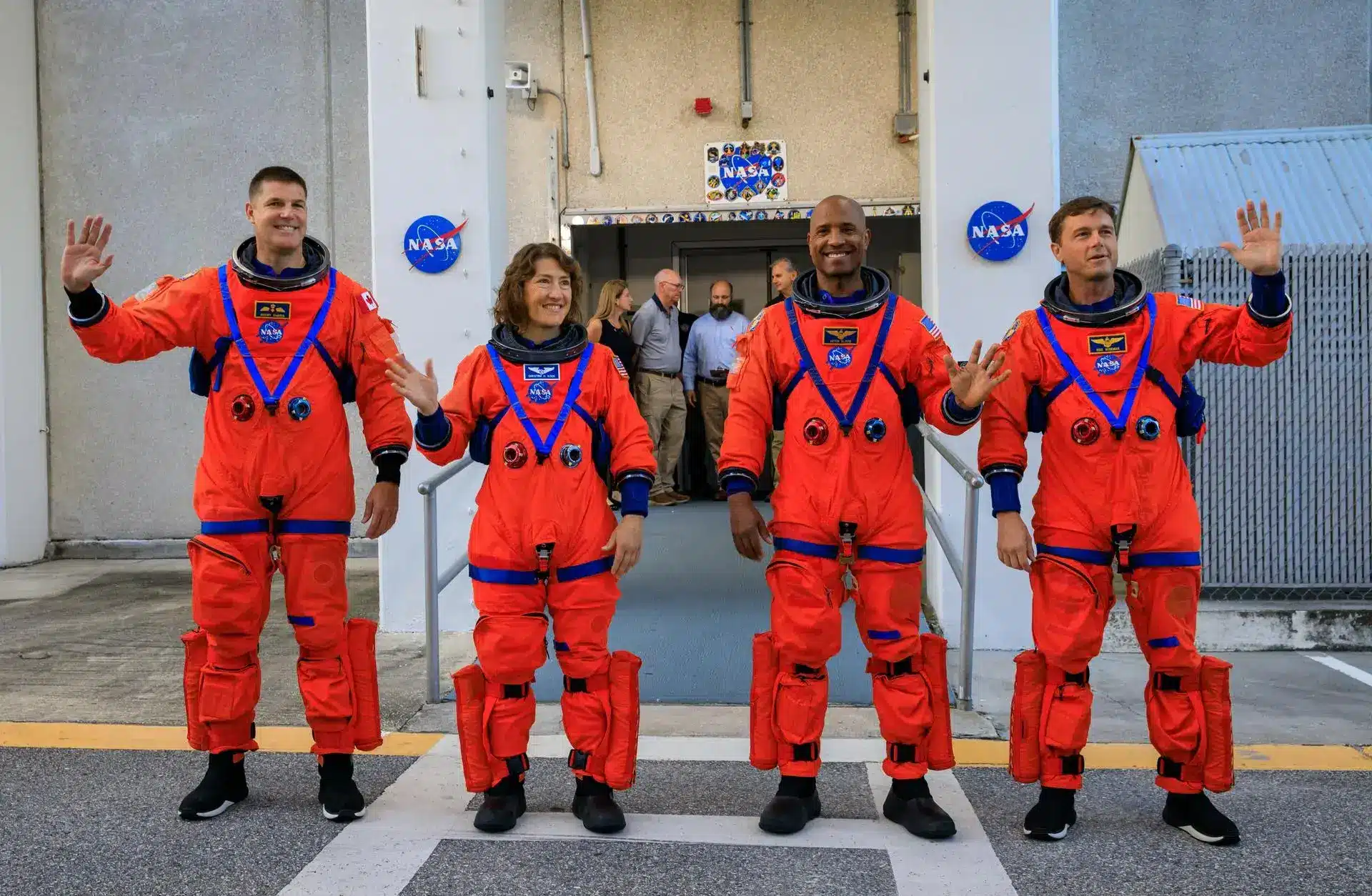NASA postpones the Artemis 2 and 3 missions by a year to 2025 and 2026 respectively. The reason: repeated failures. One of them happened this week - the fuel leak from the lunar lander intended for Peregrine

NASA has shelved plans to send humans to the moon after delays plagued its most ambitious Artemis program, which aims to return astronauts to the moon for the first time in half a century since astronaut Eugene Cernan last walked on the moon in Apollo 17 in 1972.
The US space agency announced that the Artemis 3 mission to land four astronauts near the moon's south pole will be delayed a year to September 2026. Artemis 2, a ten-day mission to send a crew around the moon and back to test life support systems, which was supposed to lift off in 2024, will be delayed to September 2025. Artemis 4, the first mission to the Gateway lunar space station, remains scheduled for 2028.
NASA said the delays would allow its teams to deal with the development challenges associated with the program, which partners with private companies including Elon Musk's SpaceX and Lockheed Martin, and uses spacecraft and technologies that some have not yet been tested.
NASA did not specifically state the reason, but explained it in terms of safety reasons, but the announcement came about two days after the failure of Astrobotic's private Peregrine lunar lander, which, due to a fuel leak from the engine, would not be able to complete the landing on the moon.
"We're returning to the moon like we've never been before, and the safety of our astronauts is a top priority for NASA as we prepare for future Artemis missions," said NASA Administrator Bill Nelson.
According to him, "Ensuring the safety of the astronauts is the top consideration in the preparations for the future Artemis missions. "NASA has learned a lot since Artemis 1, and the success of early missions relies on its commercial and international collaborations to expand our knowledge and understanding of humanity's place in the solar system." Nelson concludes.
Home page of Project Artemis on the NASA website
More of the topic in Hayadan:
- The Peregrine lunar lander will no longer reach its destination due to a malfunction
- The Peregrine lunar lander was launched - the first private lander and also the first American landing since Apollo
- The moon is in the crosshairs: technicians add a "target" to the Artemis 2 missile
- NASA's Artemis 1 mission will be launched on Monday at 15:33 - what to expect and why it is important
- Weizmann Institute scientists grew mouse embryos outside the womb

5 תגובות
Unfortunately, the United States is not the superpower it was in the 60s.
'Above us there is only the sky'.. What did the German founder of NASA want engraved on his tombstone?
Above us there is only a firmament...
Oh, she won't come, is there a problem?
What the heck?!!!!
How did they arrive 70 years ago without any problems, something stinks here...
A man never reached the moon, it's all a NASA bluff with the cooperation of Hollywood.
Unbelievable.!! More than 50 years ago, 6 missions and 12 astronauts landed on the lunar soil and returned safely, and all this with technology from the 60s, and today they are unable to overcome all kinds of malfunctions with technology thousands of times since then - then or there were no landings on the moon in the 60s/ 70 and it was all a show or I don't know what??!!!!